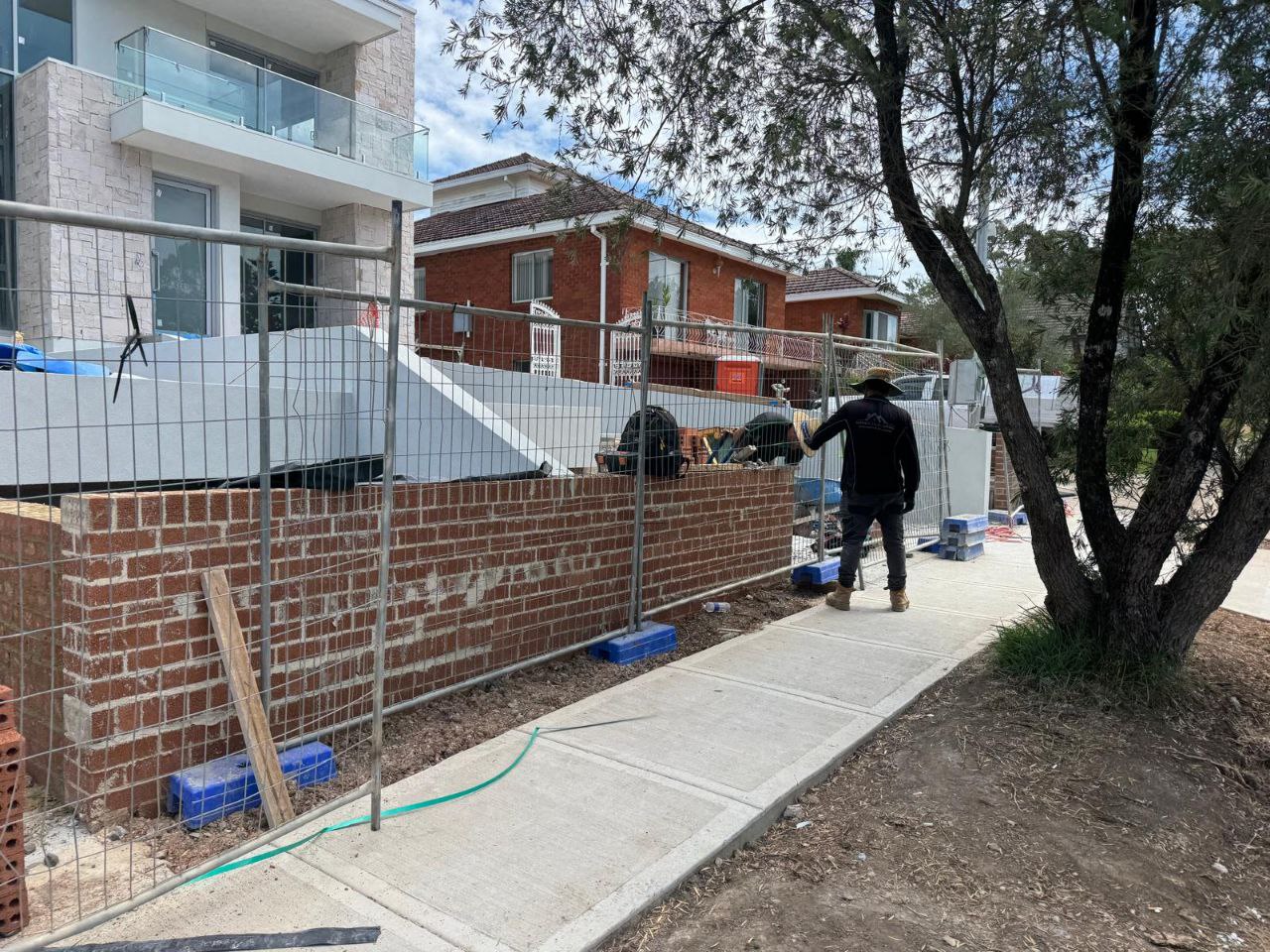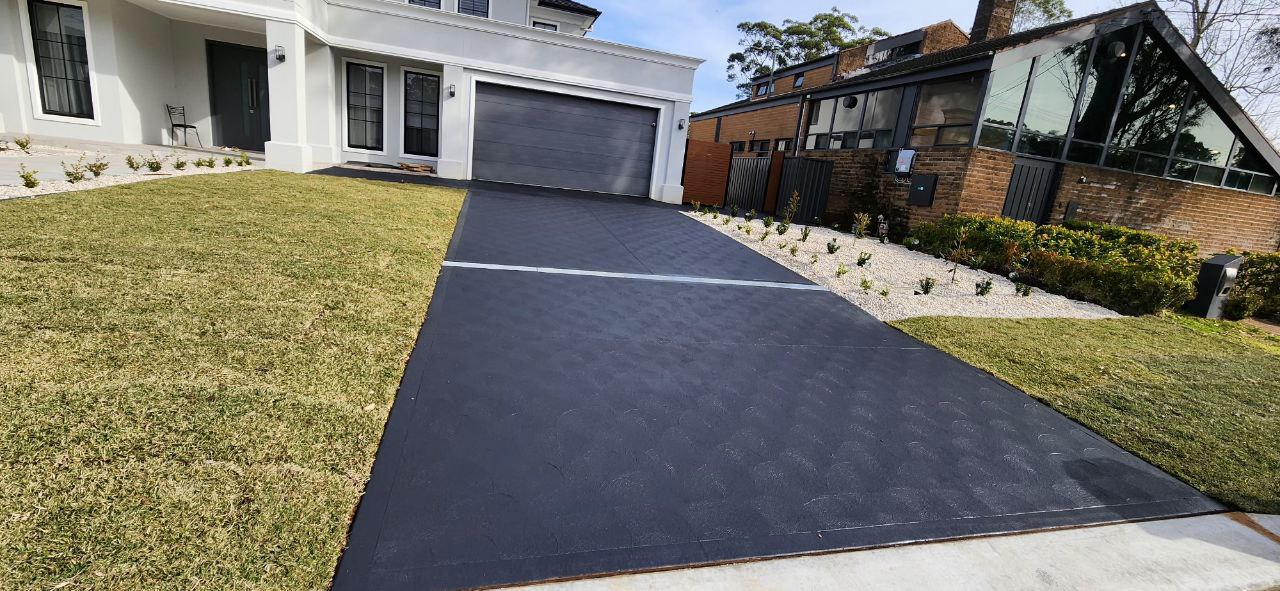Creating a beautiful and functional garden is much like painting a masterpiece or designing a building; it requires a foundational understanding of key concepts. These core concepts are the principles of landscape design. They provide a framework for arranging plants, hardscapes, and structures in a way that is both aesthetically pleasing and harmonious with the environment. Whether you’re a DIY enthusiast or planning to hire a professional, understanding these eight basic principles will empower you to create a cohesive and captivating outdoor haven.
1. Unity: The Foundation of Cohesion
Unity is the overarching principle that binds all others together. It’s the sense that everything in the landscape belongs together and works as a whole. A unified design feels complete and intentional, not like a random collection of plants and features.
How to Achieve It:
-
Repetition: Reuse the same elements, such as a specific plant, colour, or material, throughout the landscape to create a rhythm.
-
Consistency: Choose a consistent style (e.g., formal, cottage, native, contemporary) and stick to it.
-
Grouping: Plant in clusters or masses (drifts) rather than as single, scattered specimens.
2. Balance: Creating Visual Equilibrium
Balance gives a landscape a feeling of stability and comfort. It’s the equal distribution of visual weight, which can be achieved in two primary ways:
-
Symmetrical Balance (Formal): Elements are mirrored on either side of a central axis. Think of a classic garden where both sides are identical. This style is orderly and structured.
-
Asymmetrical Balance (Informal): Balance is achieved using different elements that have equal visual weight. For example, a large tree on one side might be balanced by a group of smaller shrubs or a garden ornament on the other. This feels more natural and relaxed.
3. Proportion: The Relationship of Size
Proportion refers to the size relationship between all elements in the landscape. This includes the relationship between plants, the relationship between plants and hardscapes (like a patio or deck), and the relationship between any feature and the overall house.
How to Achieve It:
Ensure that the size of plants at maturity is appropriate for their location. A massive tree can overwhelm a small courtyard, while a tiny shrub can get lost next to a large two-story home.
4. Rhythm and Repetition: guiding the Eye
Rhythm is what guides a viewer’s eye through the landscape. It creates movement and prevents the design from feeling static or chaotic. Repetition is the key tool for establishing rhythm.
How to Achieve It:
Use a repeating colour, shape, texture, or plant form to create a visual pattern. This doesn’t mean monotony; it means creating a predictable sequence that connects different areas of the garden.
5. Focalization: Directing Attention
A focal point is an element that captures attention and draws the eye into the landscape. It provides a resting place for the gaze and creates interest. Without a focal point, the viewer’s eye might wander without finding a place to land.
How to Achieve It:
Common focal points include a unique tree, a sculpture, a water feature, or an architecturally striking plant. The front door of a house is often a natural focal point in the front yard.
6. Transition: Creating a Natural Flow
Transition is the gradual change achieved by manipulating the basic elements of design—colour, scale, line, form, and texture. Abrupt changes can be jarring, while smooth transitions create a sense of harmony and depth.
How to Achieve It:
Place plants in order of height, progressing from low to high. Use colour gradients, moving from cool to warm hues. Transition from fine textures to coarse ones gradually.
7. Line: Defining Shape and Movement
Line is one of the most structural principles of landscape design. It is created by the edge between two materials, the outline of a form, or a linear feature. Lines control eye movement and can be used to create optical illusions, making a space feel larger or longer.
How to Achieve It:
-
Bedlines: Where the edge of the plant bed meets the lawn.
-
Hardscape Lines: The lines of a path, patio, or fence.
-
Plant Lines: The implied line created by a row of trees or shrubs.
8. Simplicity: The Ultimate Sophistication
Simplicity is about eliminating unnecessary clutter to achieve a clean, uncluttered look. It is the art of restraint. While a diverse plant collection is exciting, too much variety can lead to a chaotic and confusing design.
How to Achieve It:
Limit the number of colours, plant species, and hardscape materials. Repeat a simple colour palette and a select group of plants to reinforce unity and create a calming atmosphere.
Bringing It All Together
These eight principles are not rigid rules but powerful guidelines. The most successful landscapes skillfully blend these concepts to reflect the homeowner’s personality and the home’s architecture. By applying unity, balance, proportion, rhythm, focalization, transition, line, and simplicity, you can transform your yard from a simple plot of land into a purposeful, beautiful, and enjoyable extension of your living space. Start with one principle at a time and watch as your garden evolves into a cohesive and stunning masterpiece.



